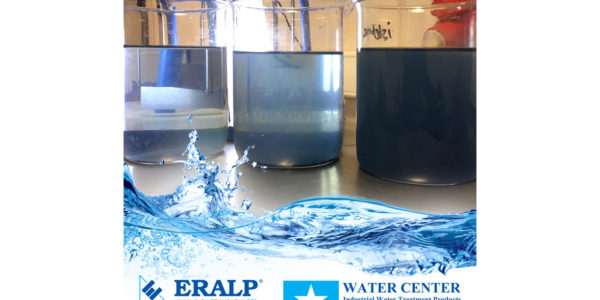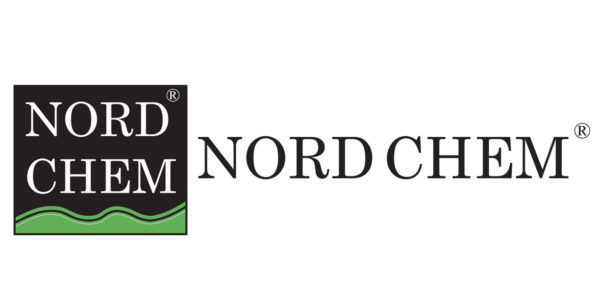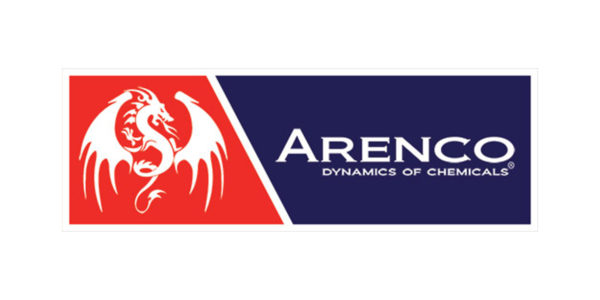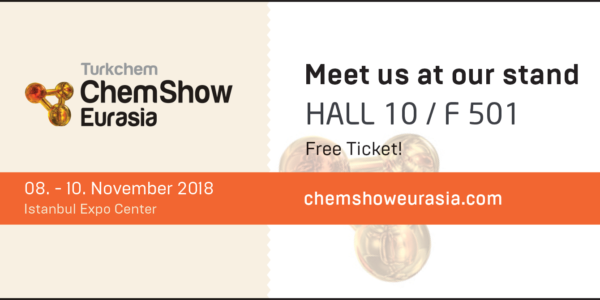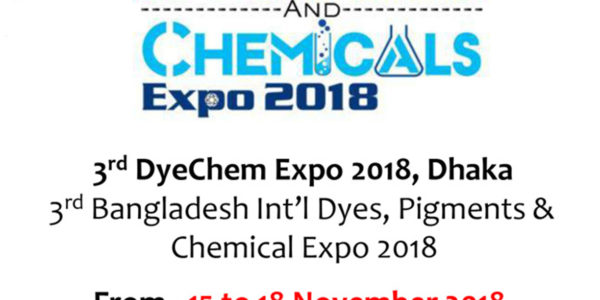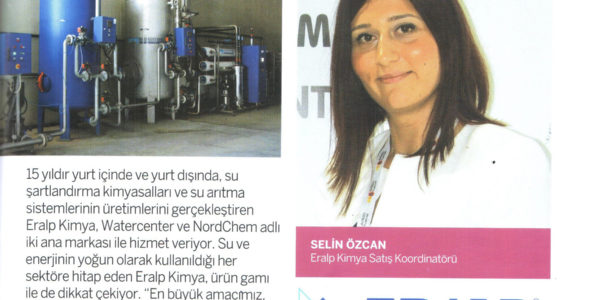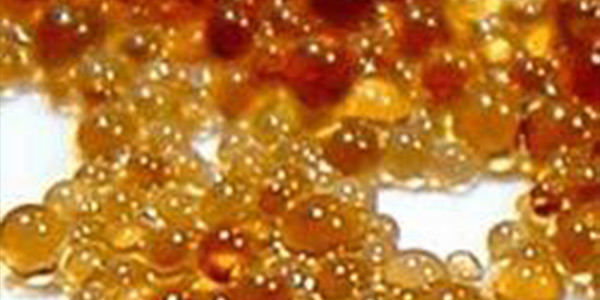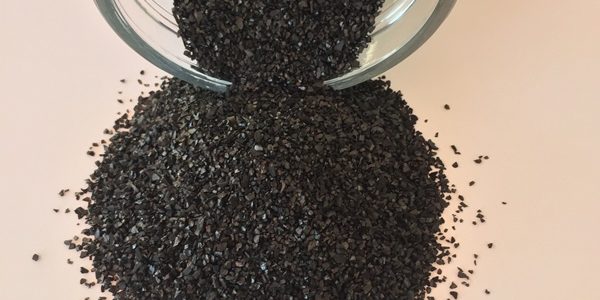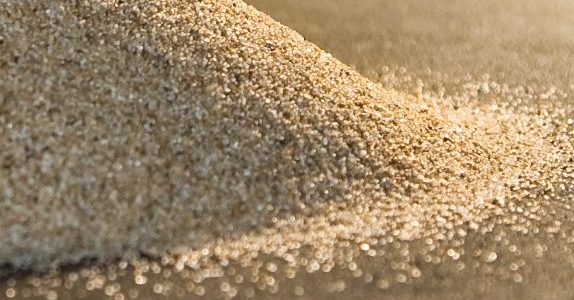Ion exchangers are insoluble solids that carry exchangeable cations and anions.
These synthetic resins occurs of two parts as structure; The first of these a three-dimensional hydrocarbon network (polymer) and the other part forms acidic or basic ionizable groups bonded by chemical bonds to the hydrocarbon.
There are three main ion exchange resin groups:
- Cationic Resins: These are cation exchangers which can react with functional groups of cations in aqueous enviroment
- Anionic Resins: Anionic modifiers that can react functional groups with anions of aqueous enviroment
- Mixed Bed Resins: Some materials have the ability to exchange both anions and cations and are called amphoteric ion exchangers.
Ion exchange resins are generally used in water treatment systems for water softening (hardness removal) and water purification (deionization) applications.
Resins used in water softening processes are cationic resins.
The cationic resin displaces the calcium and magnesium ions present in the water by sodium ion from the brine during backwashing of the water softening systems. Thus, lime-making ions are removed. Once the resin is saturated, it is washed with salt and used again.
Deionization resins purify the water by removing all cationic and anionic ions in the water. The resin that reaches saturation is washed with acid and caustic and used again.
The main use areas of ion exchangers are;
- In industry, removal of Ca2+, Mg2+, Fe2+ and Mn2+ ions from water,
- Sugar purification,
- Separation of valuable elements such as gold, silver and uranium from minerals,
- As a catalyst in esterification and hydrolysis reactions
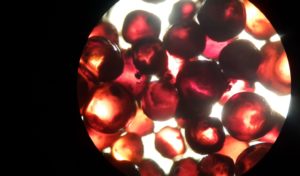
dirty and iron poisoned resin
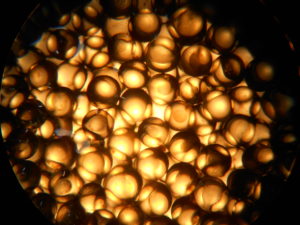
clean resin


